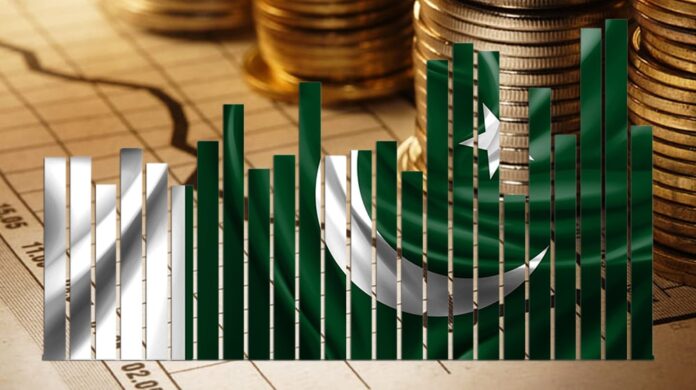LAHORE: According to the State of Pakistan’s Economy Report released by the State Bank of Pakistan (SBP) for the first half of FY24 on Tuesday, Pakistan’s economic conditions have shown signs of improvement.
The report, based on data from July to December FY24, indicates that the real economy has started to recover following a contraction last year. This recovery has been supported by the Stand-By Arrangement (SBA) with the IMF, which helped to alleviate stress on the external account.
The report notes that the current account deficit has significantly narrowed due to ongoing contractionary monetary and fiscal policies, better agricultural output, and a decrease in global commodity prices.
On the fiscal side, a higher surplus was achieved compared to the same period last year, driven by strong growth in tax and non-tax revenues that surpassed the rise in non-interest expenditures. However, despite limited domestic demand, inflationary pressures remained high.
The agricultural sector, which grew by 1.7 percent, has spurred not only its own recovery but also supported some agro-based industries. The easing of import restrictions improved the availability of raw materials for industrial use.
The IMF’s SBA approval played a crucial role in easing external borrowing constraints, leading to increased financial inflows and a significant reduction in the current account deficit due to a combination of decreased imports and increased exports.
However, challenges persist. The report highlights structural issues such as limited savings, low investments, weak productivity, and a narrow tax base, which continue to hamper economic development. Political uncertainties also contribute to inconsistency in economic policies, impacting investment and economic growth.
The special chapter in the report discusses long-term inflation trends and their determinants, emphasizing the need for policy reforms to achieve sustainable development and more stable inflation rates in the medium term.
The SBP projects a continuation of the modest economic recovery in the second half of FY24, with real GDP growth expected to be between 2 and 3 percent, and NCPI inflation forecasted to fall to a 5-7 percent range by September 2025.























